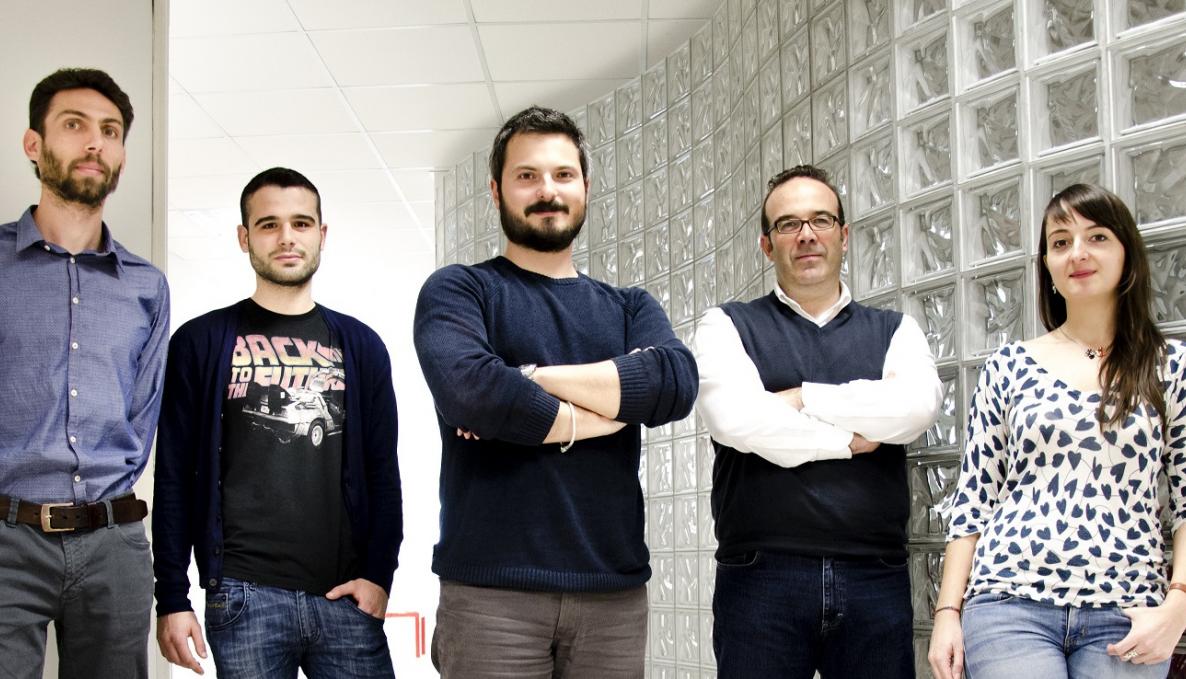3D Printing: automatic surface finishing and world’s first device developed by Sant’Anna Spin-Off achieving a shiny smooth surface

A Spin-off from the BioRobotics Research Institute of Sant'Anna School developed the first device in the world, desktop screen size, to finish plastic 3D printed parts, to get them shiny and smooth like a billiard ball in less than a minute, avoiding common phenomena such as rough surface, porosity, and the effect of layer thickness affecting parts produced by three-dimensional printing even when using the most advanced technologies. The Italian spin off "3DNextech" will present its device named "3DFinisher" to "Technology Hub", an event dedicated to the most advanced technologies on June 7th - 9th in Milan, with a focus on 3D printing. This system was developed in Italy and will hit the market in the fall with a "desktop version"; it is bound to bring a small revolution in the world of 3D printing which is increasingly accessible but subject to manual refining or to the use of special solvents during traditional manufacturing processes. Thanks to the new technology, applications of 3D printing will expand into markets normally excluded, such as fashion design, which require "perfect" products from an aesthetic point of view.
Before the "3DFinisher", according to the promoters of the spin-off based in Livorno, the procedures for obtaining high-quality surface finish were laborious and expensive. The system that will be presented in Milan, however, is similar in size and appearance to a desktop printer connected to your PC (but can also be larger, for industrial use), it is fast and easy to use. Italian researchers have therefore identified the complementary system to the 3D printer, to finish and "clean up" 3D plastic objects, making them washable. The "3DFinisher" is the first product designed and developed by "3DNextech" which "wants to design and create innovative solutions - explains Andrea Arienti, CEO, who previously collaborated with research group coordinated by professor Cecilia Laschi in the development of the first soft robot - for 3D printing, focusing on the phases of pre-production and post-production, to improve, and for the first time, automate any process”.
The surface treatment of objects by 3D printing is therefore a recurring problem, at least until the arrival of the "3DFinisher". "Non-professional users" make use of epoxy resins and flat files or similar tools for finishing, but the application is laborious and cannot guarantee accurate process, especially for internal parts and tiny objects. Manual polishing is the only option but very time consuming, will not ensure repeatable performance and same results. From an industrial point of view, the only solution available is sand blasting equipment expensive and time consuming and which do not guarantee best results. All users of 3D printing technology, large or small companies, are required to carry out expensive finishing process, to be added at the end of the production process.
Inside the "3DFinisher" the object is subjected to the action of the vaporized solvent; the equipment ensures rapid and replicable operations. In less than a minute, the plastic object (such as ABS or cellulose acetate) is perfectly smooth with no surface asperities. Besides, objects treated with the "3Dfinisher" show considerable aesthetic, mechanical, and functional improvements. In addition to the glossy finish that enhances the aesthetics, the object is waterproof, high wear-resistant, cannot get dirty, washable and polish-able. These characteristics expand 3D printing fields of application, for example, the process makes possible the realization of biomedical braces and prostheses dirt and wear resistant, cleanable and disinfect-able.
"3DFinisher” has a very high probability of success, when considering its many fields of application. "The primary purpose - explains Andrea Arienti - seems to be ABS and acetate cellulose manufactures using 3D printing technology but the device has made inroads into other sectors. Fashion and design industry showed strong interest in 3DFinisher. The achieved remarkable aesthetic improvements - continues Andrea Arienti - have helped in attracting designers and architects who had previously assessed the printing system as unreliable and unsuitable for fashion design because unable to create objects with aesthetic quality ".








